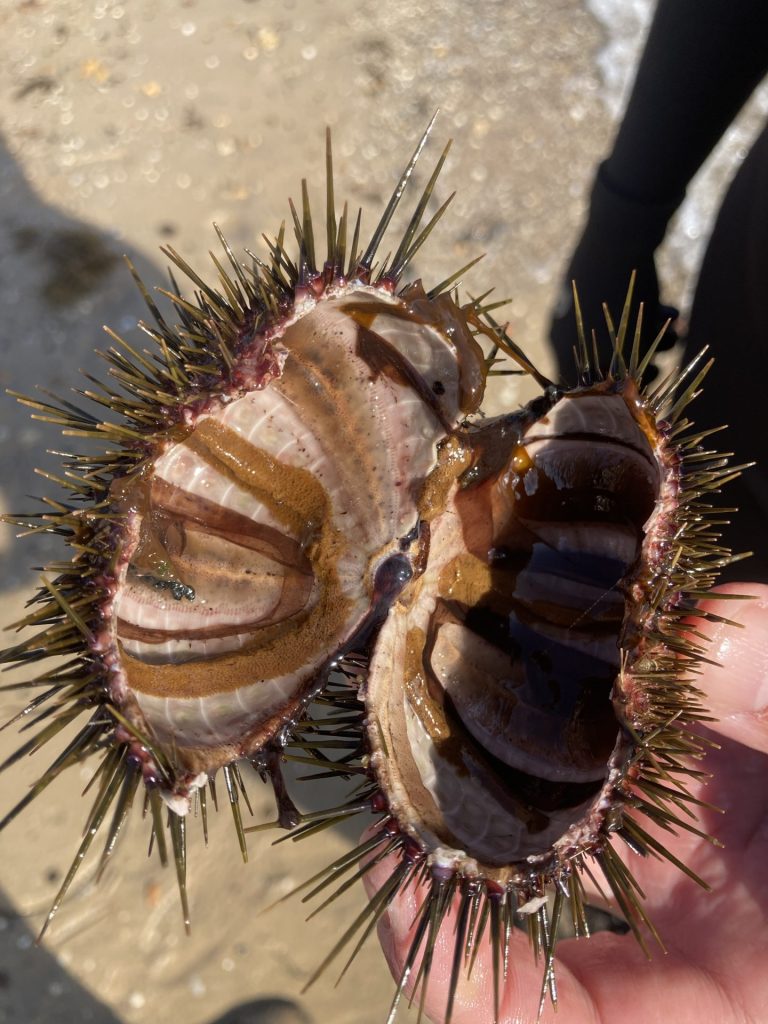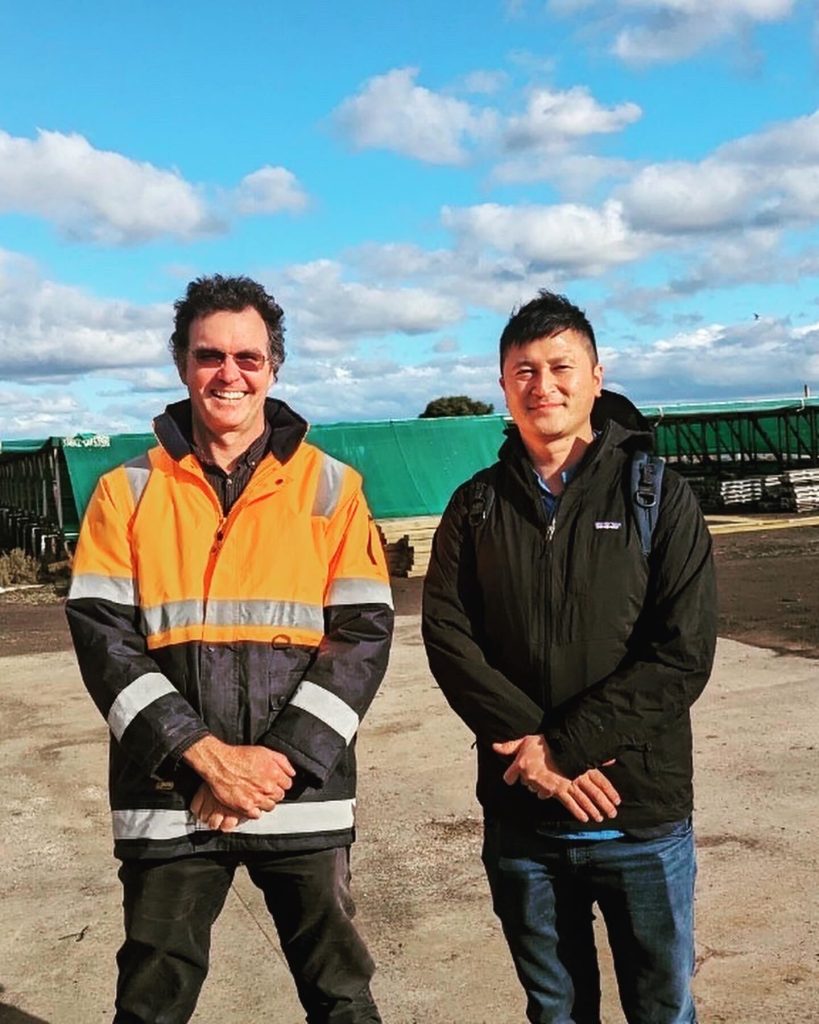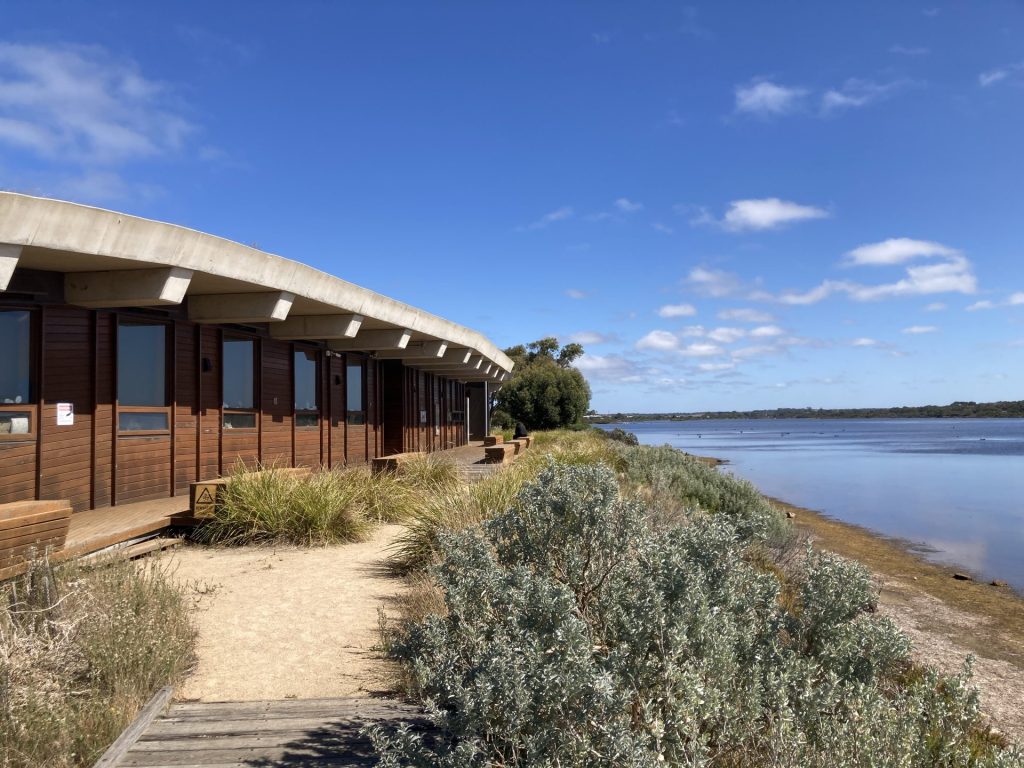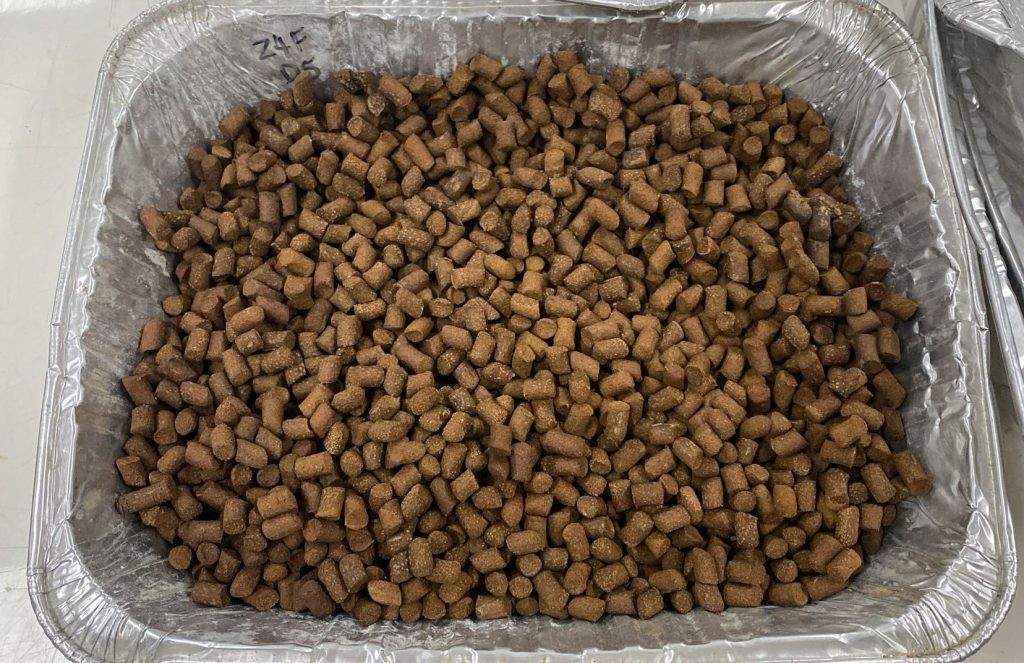In April 2025, KSF Australia Pty Ltd, the Australian subsidiary of Kita-Sanriku Factory Inc., commenced a land-based aquaculture trial with Deakin Marine Research and Innovation Centre, Victoria’s leading marine research institution at Deakin University. The trial uses the Australian “HAGUKUMU-TANE®”, a formulated feed for sea urchins originally co-developed with Associate Prof Ura Kazuhiro of the Graduate School of Fisheries Science at Hokkaido University.


The trial is being conducted at the Deakin Queenscliff Marine Science Centre, located along the coast of Port Phillip Bay in Victoria, Australia. The feed “HAGUKUMU-TANE®,” has been produced using locally sourced Australian ingredients. The trial aims to evaluate its efficacy in the roe enhancement and the quality improvement of malnourished sea urchins.
In recent years, the population of the purple sea urchin (Heliocidaris erythrogramma), a species native to Australia, has dramatically increased in Port Phillip Bay. A 2019/2020 survey estimated that approximately 125 million individuals (around 9,700 tonnes) inhabit the bay*1. Furthermore, it is reported that at least 60% of reefs in the bay have been impacted by urchin barrens, where overgrazing by sea urchins has led to ecological degradation*2. Several areas have already reported the loss of over 90% of their seaweed beds*3, highlighting the urgent need for countermeasures.


To address this issue, KSF Australia established a consortium in 2023 in collaboration with Deakin University, The Nature Conservancy, an international environmental NGO, and Yumbah Aquaculture, Australia’s largest shellfish aquaculture company specialising in abalone, oysters and mussels. This joint experiment is being carried out under the framework of the consortium. We will continue to work collaboratively to establish a new business model that contributes to marine ecosystem restoration and enhances the value of sea urchin resources from urchin barrens, through sustainable and regenerative aquaculture practices in Australia.
*1Graham, T., Carnell, P., Warren-Myers, F., Morris, R., Swearer, S. (2021) Port Phillip Bay Sea Urchin Survey 2019/2020. Melbourne and Deakin University report.
*2Johnson, C. R., Swearer, S., Ling. S., Reeves, S., Kriegisch, N., Treml, EA., et al. (2015). The Reef Ecosystem Evaluation Framework: Managing for Resilience in Temperate Environments. University of Tasmania. Report. https://hdl.handle.net/102.100.100/495679
*3Carnell, P. E., & Keough, M. J. (2019). Reconstructing historical marine populations reveals major decline of a kelp forest ecosystem in Australia. Estuaries and Coasts, 42(3), 765-778.


